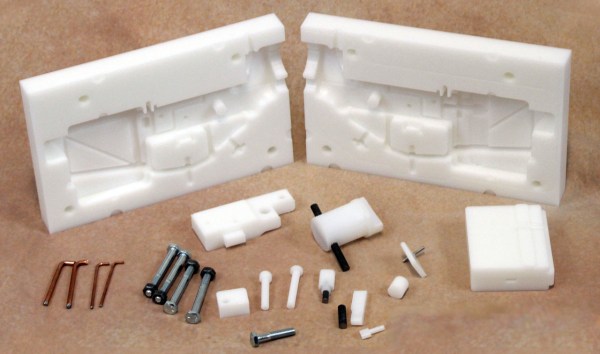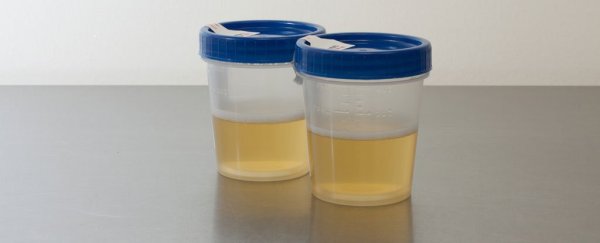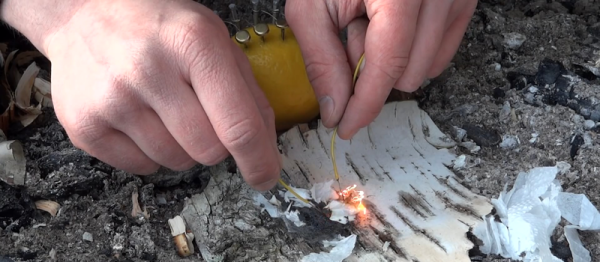Once in a great while, effective advertising doesn’t require any human engagement at all. This billboard, designed and built by a pair of Brazilian ad agencies and set free under the Creative Commons license offers a reproducible solution for trapping Aedes Aegypti mosquitoes, the primary carrier of the Zika virus.

The design seems pretty simple, although the plans leave a bit of explanation to be desired. Inside the billboard are canisters of Lurex 3, a lactic acid-based mosquito attractant that is available pretty cheaply on Amazon. The lactic acid mimics the scent of human sweat and is released outward to distances up to 4km (2.5 miles) in a fine mist along with CO₂. Together, the Lurex and CO₂ act like a sweaty, mouth-breathing human beacon to lure mosquitoes into the billboard, where they become trapped and are doomed to die of dehydration.
Continue reading “This Billboard Kills Zika Mosquitoes”



















